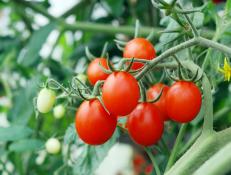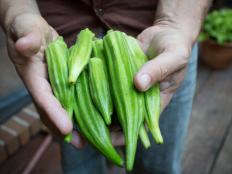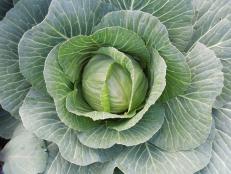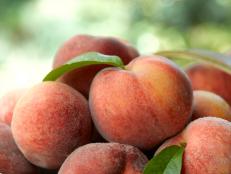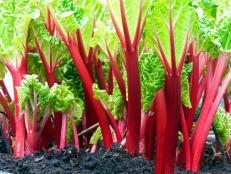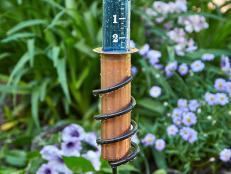Water Bath Canning for Fruit and Veggies

Maya Kruchankova / Shutterstock.com

Home vegetable gardening can have a huge impact on eating habits all summer long. Nothing beats being able to fill a basket with beans, squash, tomatoes, what have you, fresh from the yard and heading straight for the kitchen. Eating straight from the garden is healthier, cheaper, ecologically responsible and (dare I say) emotionally satisfying. That’s all well and good when your favorites are in season, but what about those long winter months? Turns out Napoleon had the same question. To my knowledge, he was not a home gardener, but he did have legions of soldiers to feed, regardless of season or locale. He offered a prize of 12,000 francs to anyone who could figure out a practical process for preserving food. The prize was claimed by Nicolas Appert in 1809 and water bath canning was born.
Common methods for food preservation include freezing, drying and canning. Learning the techniques required is relatively easy and means home grown seasonal vegetables can be enjoyed all year long. The process of water bath canning consists of packing jars with a little head space and a water tight lid, then boiling the jars in water to create a vacuum seal.
Only a few basic tools are needed:
Jars, lids and seals. Available in a variety of sizes and styles. Use new seals every time, but jars and lids can be used repeatedly. Once people know you are canning, don’t be surprised if they start to leave them at your doorstep.
Jar funnel. Cuts down on the mess when filling jars.
Magnetic wand. A simple tool for fishing seals from a pot of boiling water.
Jar lifter or tongs. For removing jars from the water bath.
Large pot. Non-reactive, like stainless steel or enamel.
These can be purchased separately or in canning kits. For those new to canning, these kits are a bargain and often come with helpful extras and reference materials to put a novice at ease. The water bath is the simplest method for canning and is suitable for most high acid harvests, including fruit and pickled vegetables. Around here, we kick off canning season with strawberry jam, and plenty of it.
For first timers making jams or jellies, detailed instructions will be included with whatever pectin you purchase or you may seek out other published recipes. The ratios for jams and jellies are not negotiable to get a good “set”. Remember the first rule of canning is cleanliness to prevent bacteria and spoilage. Make sure all tools are thoroughly washed and all canning materials are sterilized.
Strawberry jam may the the first project of the year, but it is far from the last. If you are a tomato grower, home canned tomatoes are even easier and having home grown tomatoes available year round is a pleasure that far exceeds the effort. And don’t get me started on pickles. Then again, go ahead and get me started. Just give me a few weeks and we’ll talk. The cucumbers still have some growing to do.









